Kuntanawa Tribe
In the late 19th and early 20th centuries, members of the Kuntanawa tribe were virtually exterminated in the heart of the Amazon by armed groups seeking to establish rubber plantations on their lands, the Brazilian state of Acre.
The Kuntanawa have inhabited the Amazon region for centuries, but their history has been marked by contact with colonizers and the exploitation of their resources. During the 20th century, many indigenous groups, including the Kuntanawa, suffered the loss of land and population decline due to disease and conflict.
The only surviving descendants of this group are members of a large family, known in Upper Juruá as “the Milton caboclos” (caboclo is synonymous with “Indian” in the state of Acre), after the name of their patriarch (Milton Gomes da Conceição).
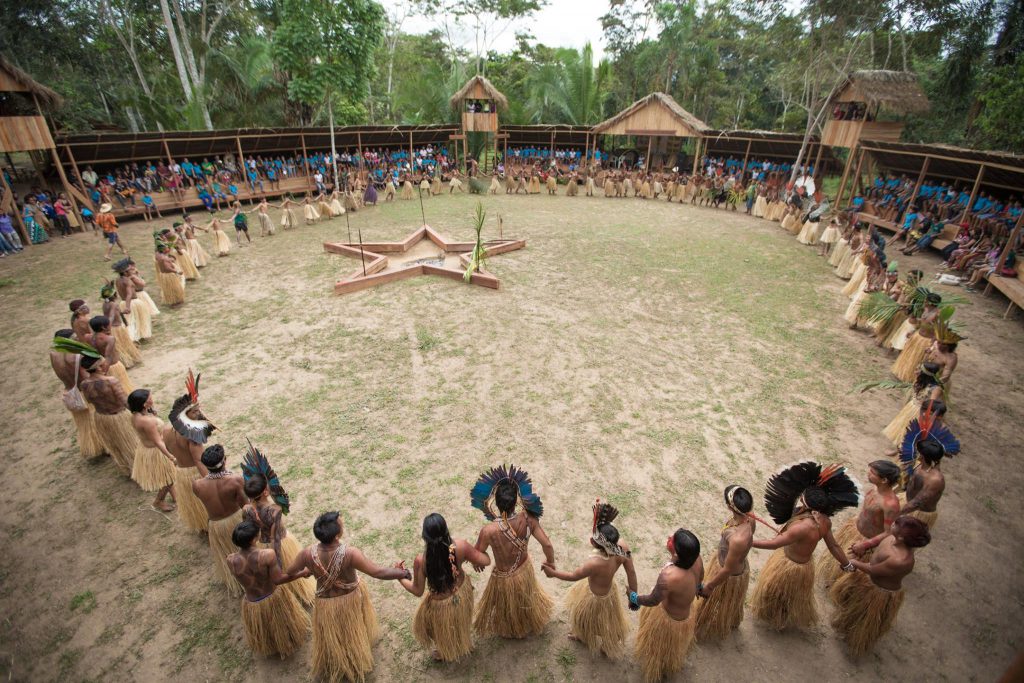
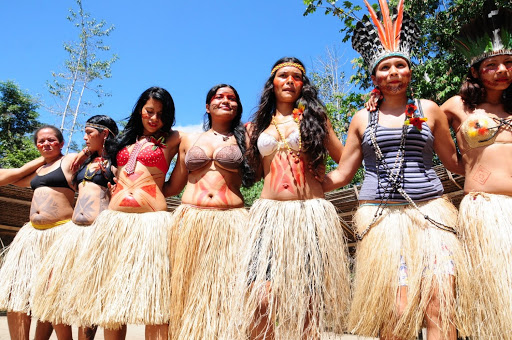
Their current struggle is based on reviving the way of life of their ancestors: maintaining the Alto Juruá Extractive Reserve, reestablishing good relations with indigenous peoples in the area; resuming rituals with the ancestral drink ayahuasca and, above all, preserving the Amazonian territory.
Recently, the group began to call itself “Kuntanawa” instead of “Kontanawa”, as they did in the past.
In the “Pano” languages, more specifically in the Hãtxa Kuin spoken by the Huni Kuin, the word “konta” has no meaning, instead “kunta” refers to the fruit of the “cocão” (Scheelea phalerata). Thus, Kuntanawa translates as “coconut people”.
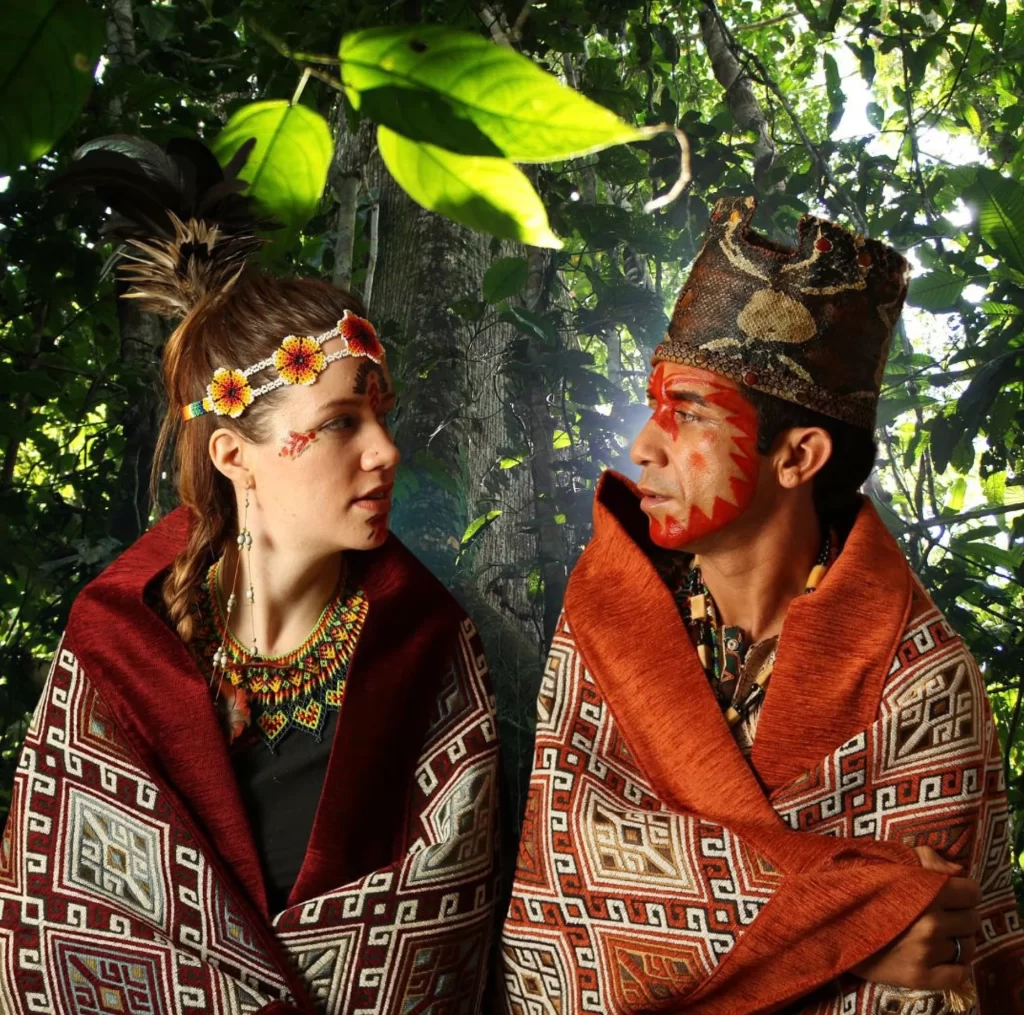
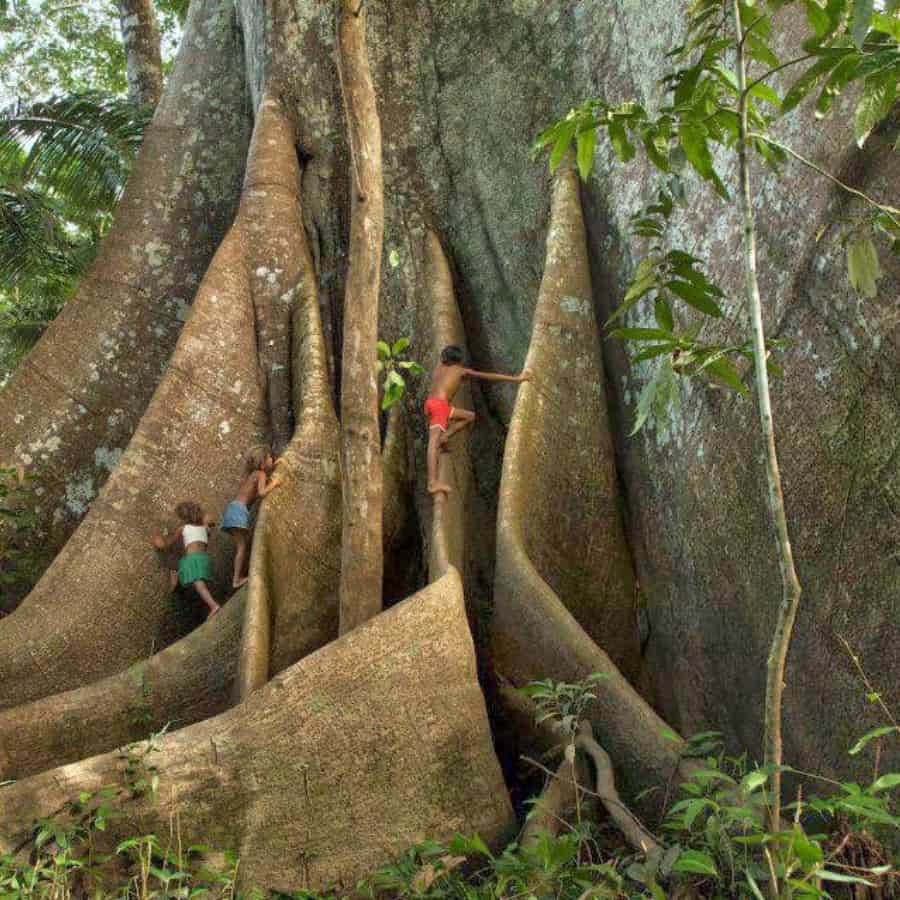
Kuntanawa Society
The Kuntanawa are a people of the Pano linguistic family, but unfortunately they no longer speak their indigenous language; all members of the Kuntanawa clan speak Portuguese and some also speak Spanish.
Efforts have been made to reconstruct their language through fragments still alive in the memory of the group’s matriarch, Mrs. Mariana, and contact with other Pano-speaking peoples such as the Huni Kuin or the Yawanawá.
The Kuntanawa live on the banks of the upper Tagus River, within the Alto Juruá Reserve, located in the western end of the state of Acre, in the Brazilian Amazon, (Municipality of Marechal Thaumaturgo).
Like other Amazonian tribes, the Kuntanawa are grouped in small villages or communities; the best known is Sete Estrellas.
Although in the middle of the last century their population fell to a group of less than two hundred, in 2008 the Kuntanawa numbered about 400 individuals.
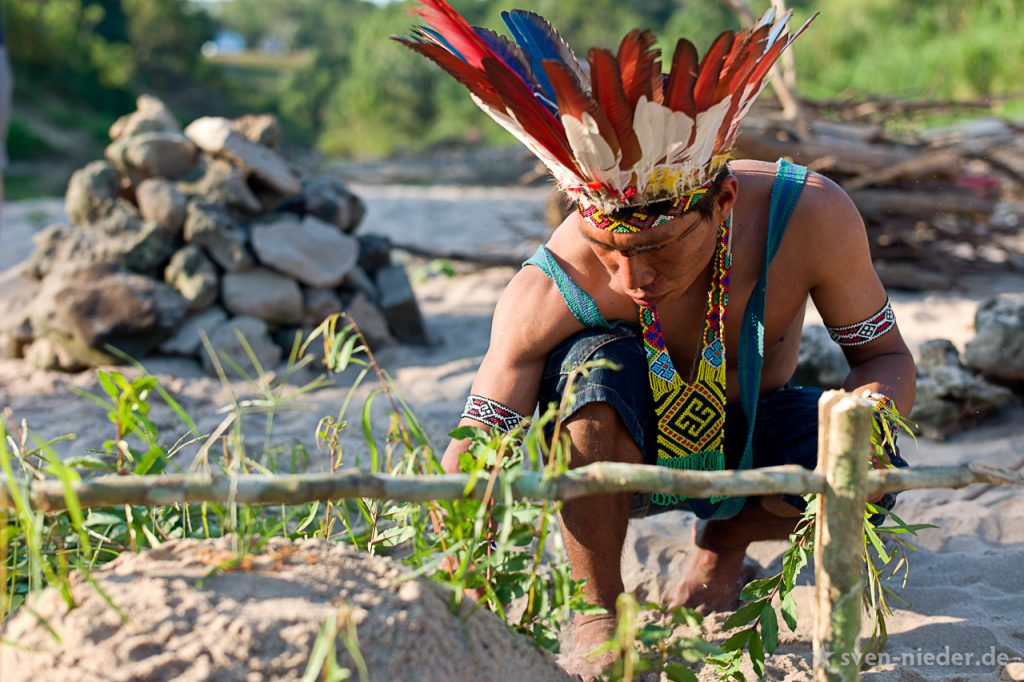
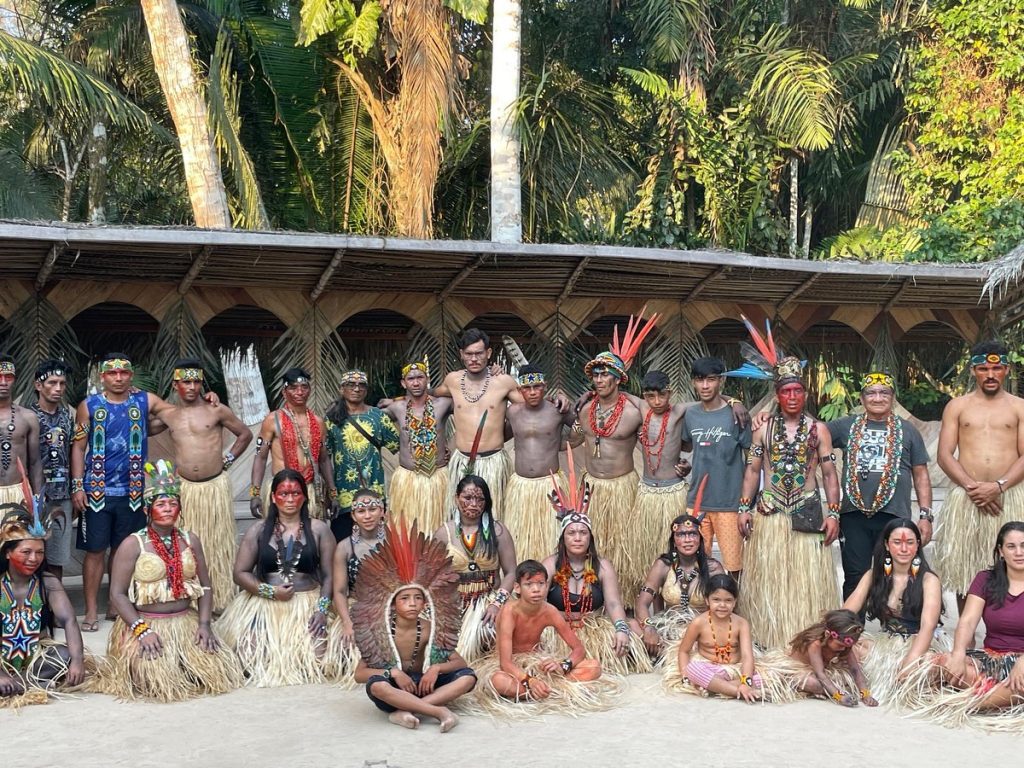
The Kuntanawa social structure is communal, with a strong emphasis on family and cooperation. Important decisions are often made in assemblies where issues affecting the tribe are discussed. Elders are respected and play a crucial role in transmitting knowledge and traditions.
According to Haru Kuntanawa, president of the Ascak Association, (Social Organization of the Kuntanawa people): “Our mission as people of the Amazon rainforest is to preserve and protect the forest, the source of our livelihood, culture and spiritual beliefs.”
“We strive to maintain our traditional way of life, which is deeply connected to the land and its resources. We believe that the preservation of the forest is essential for the survival of our people and the biodiversity of the region.”
“We will work to defend the rights of our people and ensure the sustainability of the forest for future generations. We will educate our communities to understand the importance of the forest and participate in its protection and preservation.
We also collaborate with local and international organizations to promote sustainable development and raise awareness about the importance of the Amazon rainforest.”
The Kuntanawa possess vast knowledge of medicinal plants and their use in healing, which has been passed down from generation to generation and is a vital aspect of their culture, both for treating illnesses and in their rituals and ceremonies.
